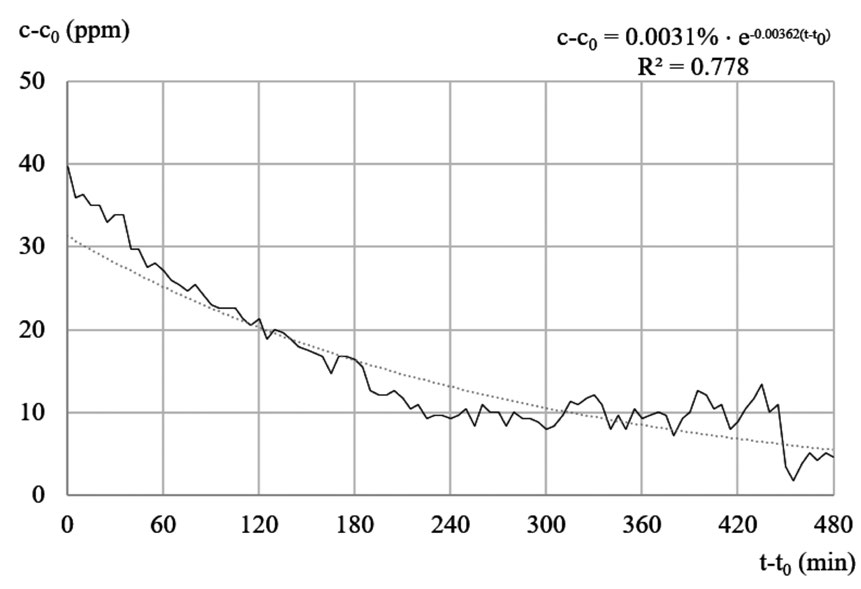Impact of visits on the microclimates of caves, Experimental evidence from Škocjan Caves
DOI:
https://doi.org/10.3986/ac.v50i2-3.7397Keywords:
Škocjan Caves, temperature, carbon dioxide, impacts of visits, characteristic time of exponential decreaseAbstract
Tourism activities in caves can result in changes in the microclimates of caves. The natural microclimate in closed caves is constant due to the balance between cave air and cave walls, while in open caves exchanges with outside air influence the microclimate. Visits to caves, especially in closed smaller caves, can thus endanger the natural balance if the microclimate does not return to natural conditions quickly enough.
Continuous monitoring of the temperature and concentration of carbon dioxide in Škocjan Caves enables the assessment of the impact of visits. For this purpose, we used data measured in the relatively closed Silent Cave, at the locations named Calvary (Kalvarija), Tent (Šotor), and Passage (Prehod) in 2016, and in the wide open Murmuring Cave, at the locations named Bridge (Most) and Rimstone Pools (Ponvice), in 2013. The outdoor air temperature, as measured at the Škocjan meteorological station on the surface plateau, was considered in both cases. Along the tourist part of Škocjan Caves, the most closed part of the cave in Silent Cave is the location at Calvary, when the entrance doors through an artificially dug tunnel are closed. During the visits, the microclimate is subjected to draughts through open doors and to anthropogenic emissions. The data suggest that the influence of draughts predominates over direct anthropogenic emissions. In winter or on cold days air flows upwards and through the tunnel out of the cave, whereas in summer or on warm days it flows downwards. In such cases, the CO2 concentration decreases markedly due to the downwards chimney effect as the concentration in the outside air is much lower than in the cave. The data show that the temperature overnight and towards morning always returns to its natural value even in this
rather small location in the cave. The changes in CO2 concentration persist for a longer period, until the time of the first visit the next morning, when it is again perturbed by a new visit. The data on time courses support the theoretically estimated characteristic of the exponential decline of disturbances backward towards natural conditions, depending on the size of a cave and on the efficiency of exchanges with its walls. For temperature, this characteristic time tT is about three to six hours at the Calvary site. The return of CO2 to natural conditions tCO2 is longer and its estimate less reliable than the one for temperature. In the wide-open and large Murmuring Cave, the impact of visits is negligible throughout the year. In this part of the cave we can observe the influence of external daily and annual changes, the amplitudes of which get smaller, and their phase lags bigger, deeper in the cave.
Downloads

Downloads
Published
How to Cite
Issue
Section
License

This work is licensed under a Creative Commons Attribution-NonCommercial-NoDerivatives 4.0 International License.
Authors guarantee that the work is their own original creation and does not infringe any statutory or common-law copyright or any proprietary right of any third party. In case of claims by third parties, authors commit their self to defend the interests of the publisher, and shall cover any potential costs.
More in: Submission chapter




